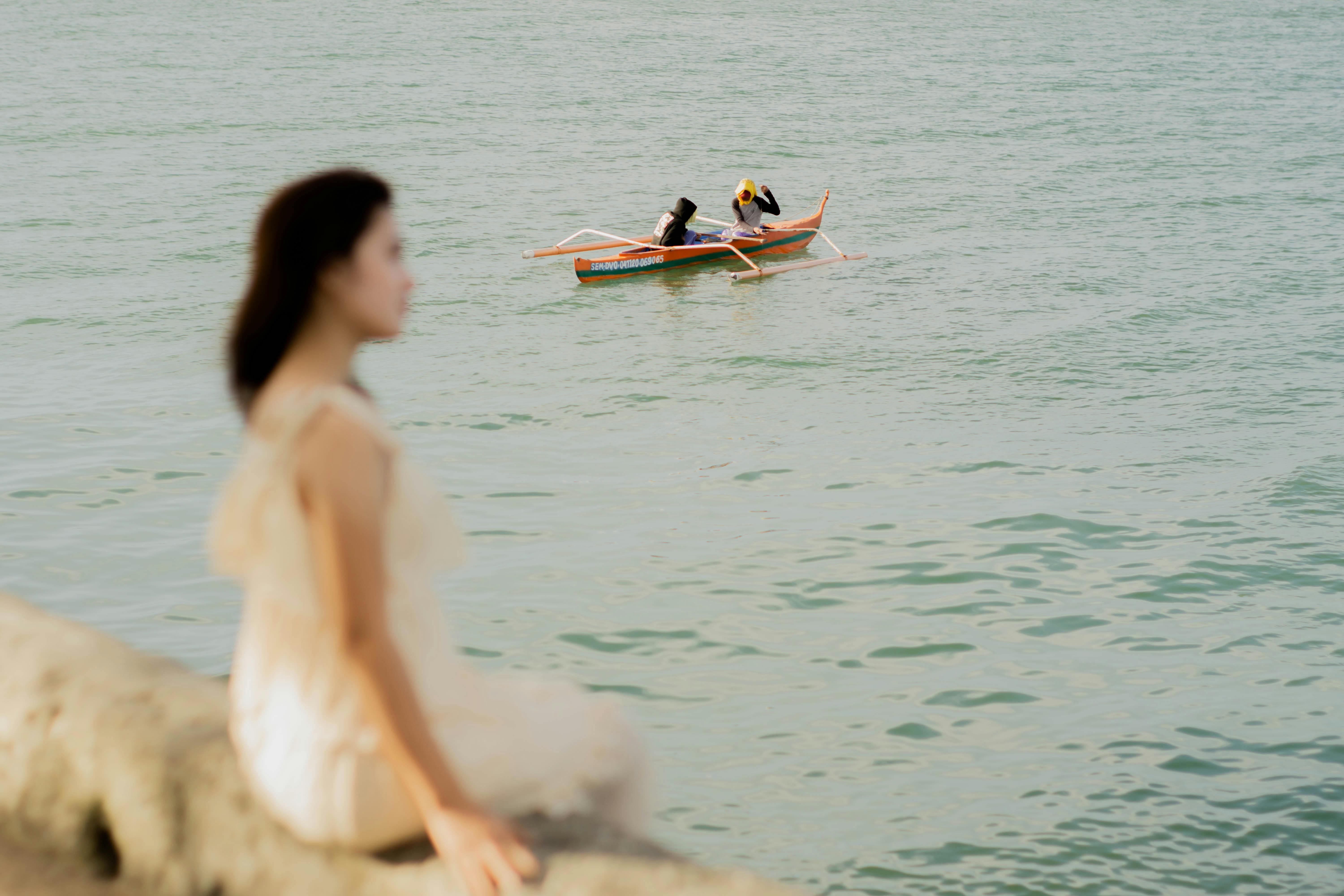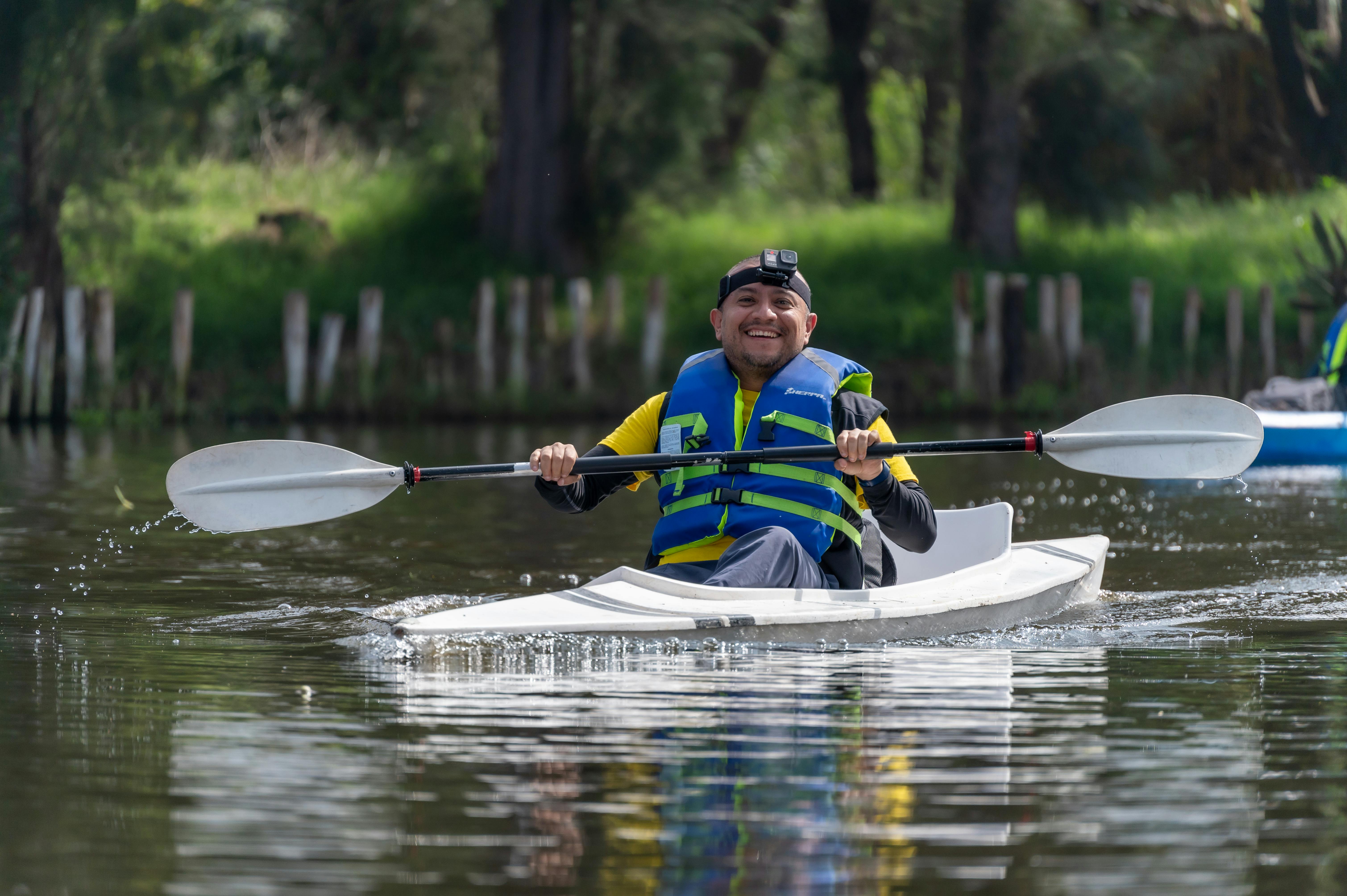Ever wondered how to sit in a kayak without sliding around and losing balance? It’s simpler than you think! By mastering a few key techniques, you can enjoy a more stable and comfortable kayaking experience. Read on to discover how to keep your seat from sliding and enhance your paddling efficiency.
- Maintain proper posture: Keep your back straight and shoulders relaxed.
- Adjust your seat: Ensure your seat is in the correct position for your body.
- Place your feet correctly: Foot placement is crucial for balance and control.
- Utilize back support: Proper back support can prevent fatigue and discomfort.
- Practice balance: Mastering balance will improve your overall kayaking performance.
How to Sit in a Kayak for Stability and Comfort
When it comes to kayak sitting posture, balance is key. Start by placing your kayak on a flat surface, and sit in it to get a feel for the space. Your goal is to find a position where you feel both comfortable and stable.
Source: File:Sea kayak hawaii.JPG – Wikimedia Commons
Proper Kayak Sitting Posture
Begin by sitting upright with your back straight and shoulders relaxed. This position helps you maintain balance and reduces strain on your back. Your hips should be snug against the back of the seat, providing support and stability.
Foot Placement for Better Control
Proper foot placement is essential for maintaining balance. Your feet should be positioned against the footrests or braces inside the kayak. Bend your knees slightly and keep them in contact with the sides of the kayak for additional stability.
Using Kayak Back Support
A good backrest can make a world of difference. Adjust the backrest so that it supports the natural curve of your spine. This will help prevent fatigue and discomfort during longer paddling sessions.
Adjusting Your Kayak Seat
Many kayaks come with adjustable seats. Make sure to adjust the seat to fit your body size and shape. This will not only improve comfort but also enhance your paddling efficiency.
Tips for Maintaining Balance and Stability
Staying balanced in a kayak can be challenging, especially for beginners. Here are some tips to help you maintain stability:
| Tip | Description |
|---|---|
| Keep your center of gravity low | Sit low in the kayak to lower your center of gravity, which helps maintain balance. |
| Use your paddle for support | Place your paddle across the kayak to help steady yourself during entry and exit. |
| Practice core exercises | Strengthening your core muscles can significantly improve your balance and stability. |
Developing Core Strength
Core strength is vital for maintaining balance in a kayak. Incorporate exercises like planks, sit-ups, and leg lifts into your fitness routine. A strong core will help you stay stable and reduce the risk of tipping over.
Using Your Paddle for Stability
Your paddle is not just for propulsion; it can also be a useful tool for maintaining balance. When entering or exiting the kayak, place the paddle across the kayak to provide extra support.
For a visual guide on how to sit in a kayak, check out this YouTube video.
Paddling Techniques to Enhance Stability
Effective paddling techniques can greatly improve your stability and control in a kayak. Here are some tips to help you paddle more efficiently:
Using the Correct Paddling Form
Proper paddling form involves using your entire body, not just your arms. Rotate your torso with each stroke and keep your paddle close to the kayak to maintain stability.
Practicing Different Paddling Techniques
There are various paddling techniques you can practice to enhance your skills. Try different strokes like the forward stroke, sweep stroke, and draw stroke. Each technique offers different benefits and can improve your overall kayaking performance.
Maintaining a Steady Rhythm
Paddling at a steady rhythm helps maintain your kayak’s stability. Avoid erratic or forceful strokes, as these can cause you to lose balance. Instead, focus on smooth, controlled movements.
Source: Pexels.com
Kayak Entry and Exit Tips
Getting in and out of a kayak can be tricky, especially if you’re new to the sport. Here are some tips to make the process smoother:
Entering the Kayak
When entering the kayak, start by placing it in shallow water or on a flat surface. Sit on the edge of the kayak and slowly swing your legs inside. Use your paddle for support by placing it across the kayak.
Exiting the Kayak
Exiting the kayak involves a similar process. Move to shallow water, place the paddle across the kayak, and use it to steady yourself as you swing your legs out. Stand up slowly to avoid tipping over.
“The best way to get in and out of a kayak is to keep your movements slow and steady. Rushing can lead to accidents and tip-overs.” – Expert Kayaker
Kayaking Safety and Ergonomics
Safety and ergonomics are crucial when it comes to kayaking. Here are some tips to ensure a safe and comfortable experience:
Wearing the Right Gear
Always wear a life jacket and appropriate clothing for the weather conditions. A hat and sunscreen are also essential for protection against the sun.
Maintaining Proper Body Alignment
Proper body alignment can prevent injuries and discomfort. Keep your back straight, shoulders relaxed, and engage your core muscles while paddling.
Source: Pexels.com
Taking Breaks
Don’t push yourself too hard. Take regular breaks to rest and hydrate. Overexertion can lead to fatigue and increase the risk of accidents.
Table: Essential Kayaking Gear
| Gear | Description |
|---|---|
| Life Jacket | Ensures safety in case of capsizing. |
| Paddle | Choose a paddle that suits your height and kayaking style. |
| Waterproof Bag | Keep your belongings dry and safe. |
| Sunscreen | Protects your skin from harmful UV rays. |
It’s important to remember that kayaking is as much about enjoyment as it is about skill. By following these tips on how to sit in a kayak and maintaining proper posture, balance, and paddling techniques, you’ll find yourself gliding through the water with ease. Whether you’re a beginner or an experienced kayaker, these insights will help you stay comfortable and safe on your next adventure.
FAQs
Q: Should the heavier person sit in the front or back of a kayak?
A: The heavier person should generally sit in the back of a tandem kayak. This helps to balance the kayak, making it easier to control and paddle. However, it’s essential to consider the specific design and weight distribution of your kayak.
Q: Should your legs be straight in a kayak?
A: No, your legs should not be completely straight. Instead, they should be slightly bent with your knees touching the sides of the kayak. This position provides better stability and control.
Q: Does it matter who sits in front or back kayak?
A: Yes, it does matter. Typically, the more experienced paddler or the heavier person should sit in the back. This placement helps with steering and ensures better weight distribution.
Q: Does the heavy person sit in the front or back of a canoe?
A: In a canoe, the heavier person should sit in the back. This helps to balance the canoe and makes steering easier. However, if the heavier person is not experienced, they may sit in the front while the experienced paddler handles the steering from the back.



